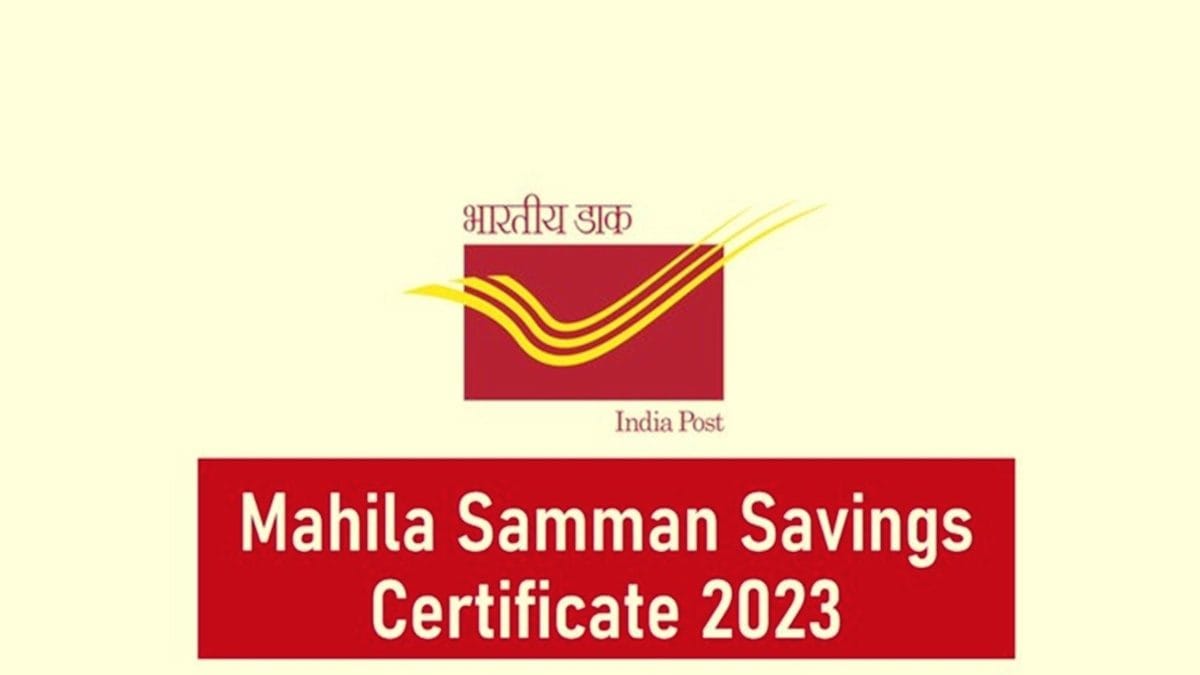[ad_1]
Indian banks displayed noteworthy performance in Deloitte India’s survey, surpassing the global average in several key customer journeys. Being at the forefront of digital transformation, Indian banks are well placed compared with the global average.
Deloitte India’s survey-based report ‘Digital Banking Maturity (DBM)’ has revealed a promising trend – Indian banks are outperforming their global peers in digital maturity score compared to the global average. They also have the opportunity and potential to rise further and become “Digital Champions”.
The survey evaluated banks on 1,208 digital banking functionalities spanning six customer journeys throughout the retail customer lifecycle – ranging from information gathering, account opening, customer onboarding, day-to-day banking, expanding relationships and ending relationships, if needed.
The 1,208 functionalities scored were split almost equally between internet banking features and mobile banking features. Indian banks scored 3 percent higher than the global average in mobile banking, and 1 percent higher in internet banking. They bagged the titles of “Digital smart followers” and “Digital adopters”.
The survey covered 304 banks in 41 countries, including key economies, such as the US, China, India, the UK, and Brazil.
This marks a significant achievement as it is the first time the Indian subcontinent has been brought under the extensive purview of DBM.
Based on the outcomes, 304 banks were classified into four distinct tiers.
The top 10 percent performers were recognised as “Digital champions”, followed by “Digital smart followers,” “Digital adopters,” and “Digital latecomers,” respectively.
A bank’s position in the index is determined by its level of digitisation across six customer journeys, broken down further into 17 customer journey sub-steps.
In India, Digital Public Infrastructure (DPI) has been an important enabler of digital banking transformation. For instance, the JAM (Jan Dhan, Aadhaar, Mobile) trinity, Unified Payments Interface (UPI), the Account Aggregator (AA) framework, etc. have played a key enabling role.
UPI Not Included
UPI was not included within the scope of this iteration of the DBM study, since the DBM research methodology had to be standardised across banks and geographies for ease of comparison. If one takes this into consideration, a more elevated view of the digital maturity of Indian banks can be taken. However, this study has much more to offer than the relative categorisation; it’s more in the ideas and related details that Indian banks can draw upon from the rest of the world and strengthen their digital roadmaps.
Compared with “Digital champions”, Indian banks have significant opportunity to increase their digital maturity, particularly in two customer journeys – day-to-day banking (while UPI is a unique and globally recognised lever, the delta is more about Personal Financial Management and Beyond Banking) and expanding relationships.
Within these two customer journeys, the most relevant sub-steps offering significant potential for value creation are personal financial management, beyond banking, ecosystem and account aggregation, and account and product management. For instance, at the time of the survey, a notable 25 percent of the Indian banks offered the functionality for customers to set their financial goals, while 57 percent of digital champions did so.
At present, “Digital champions” enjoy a lead in their digital transformation endeavours across customer journeys and provide a compelling user interface to customers.
By making strategic investments, particularly over the past two years, “Digital champion” banks have gained a significant advantage over their peers. During the measurement period, Digital champions, on an average, showed 0.1 percent higher return on assets and 1.5 percent higher return on equity compared with their peers.
Himanish Chaudhuri, partner and financial services industry leader, Deloitte India, said, “In an era marked by shifting consumer preferences, fintech innovation, and regulatory changes, banks in India have done very well to harness the potential of the digital ecosystem around them and achieved significant growth in digital maturity. However, there is a lot more for them to do; there is a need for greater customer engagement, and sharper solutions that would help mitigate various pain points.”
Vijay Mani, partner, banking and capital markets leader, Deloitte India, said, “While there is no one size fitting all banks across the globe when it comes to digital maturity, banks in India stand to gain significantly from selective comparison – comparing specific journeys, sub-steps and features, and cherry-picking.”
From the customer journey sub-steps covered in this report, the survey called out four key sub-steps most relevant to Indian banks below:
Personal finance management: This includes features such as categorisation of transactions, spending limits by category, cash flow projections, and financial feeds. Twenty-five percent of Indian banks have apps with the goal setting functionality. This feature is also offered by 57 percent of Digital champions.
Beyond banking: This includes personalised non-banking offers and value-added services (such as offering tickets for cinema and theatre) based on customer preferences. Indian banks have enhanced their apps with additional features, such as hotel, flight, and train bookings, etc. This is an area where Indian banks can continually innovate, i.e. expand/ refine their offerings to include services such as automotive and real estate marketplaces, company registration, etc.
Ecosystem and account aggregation: This entails aggregating account information from other banks and facilitating spending aggregation across multiple accounts (subject to customer consent). Banks have acknowledged the importance of open banking in enabling the financial services ecosystem.
Account and product management: Banks may provide functionalities related to the personalisation of products and channels based on customer needs and requirements. For example, display the carbon footprint of the account, carbon calculator, and changing overdraft limits.
[ad_2]
Source link




